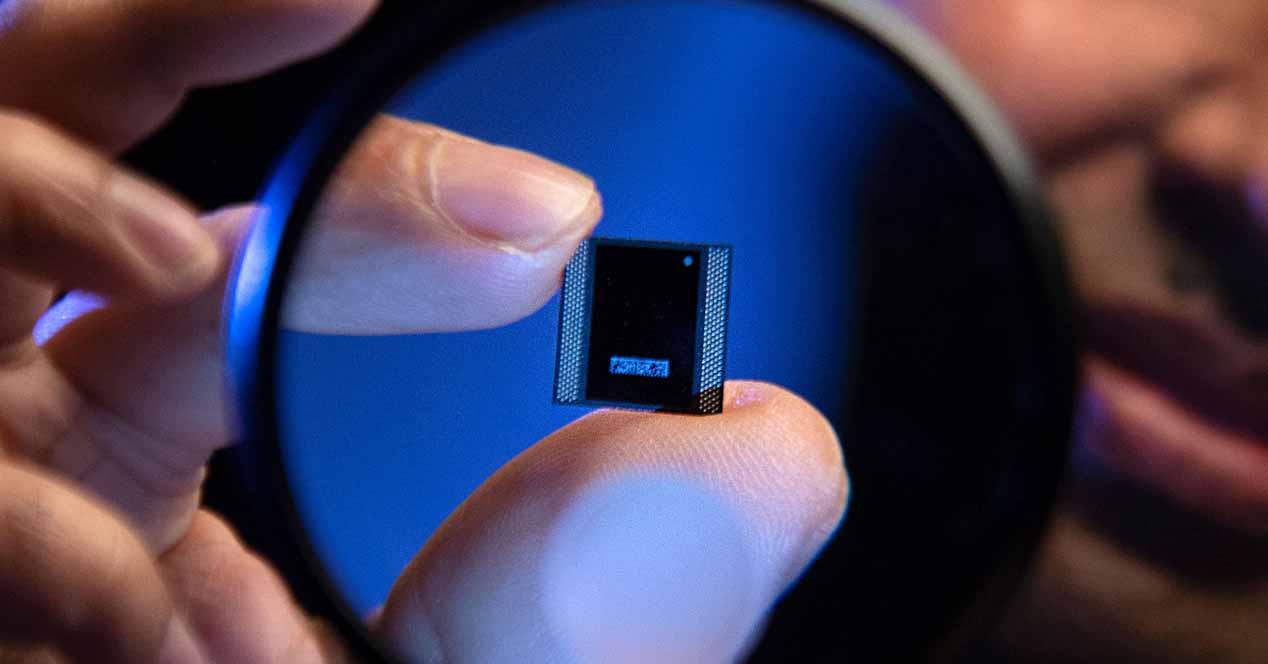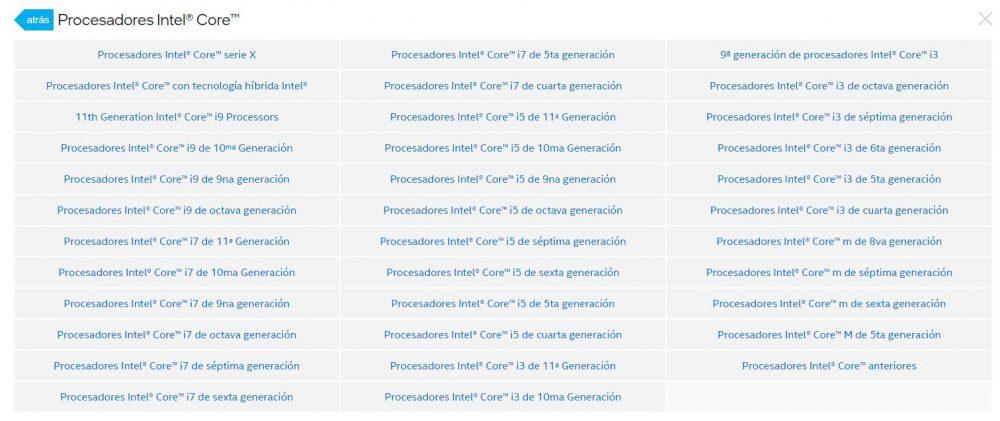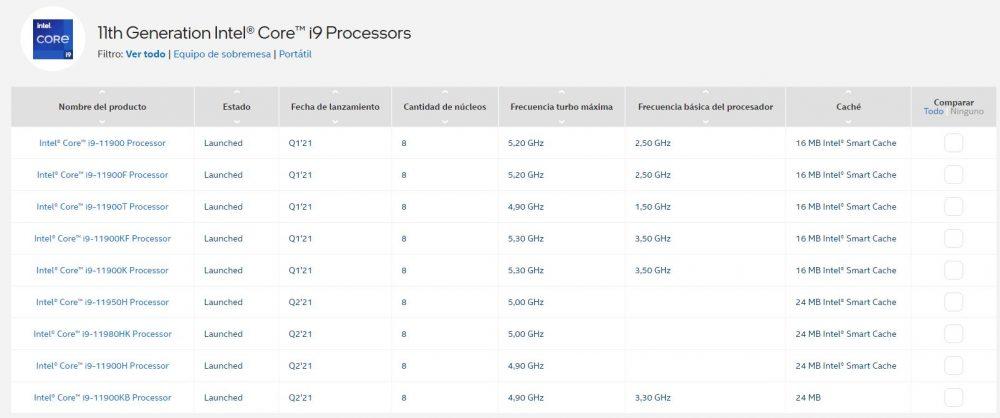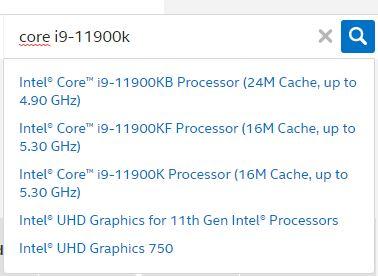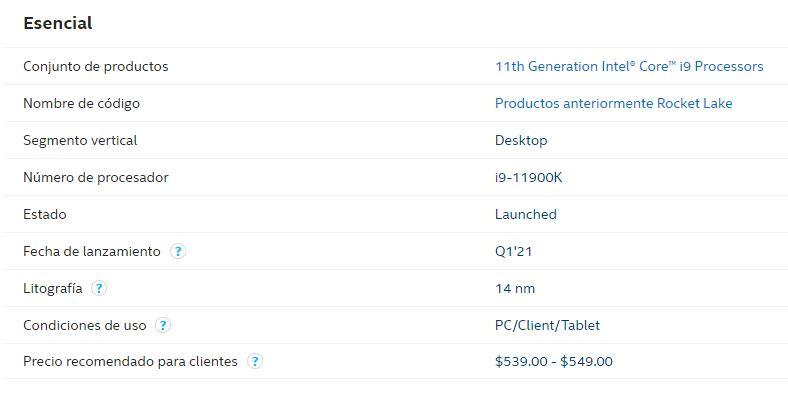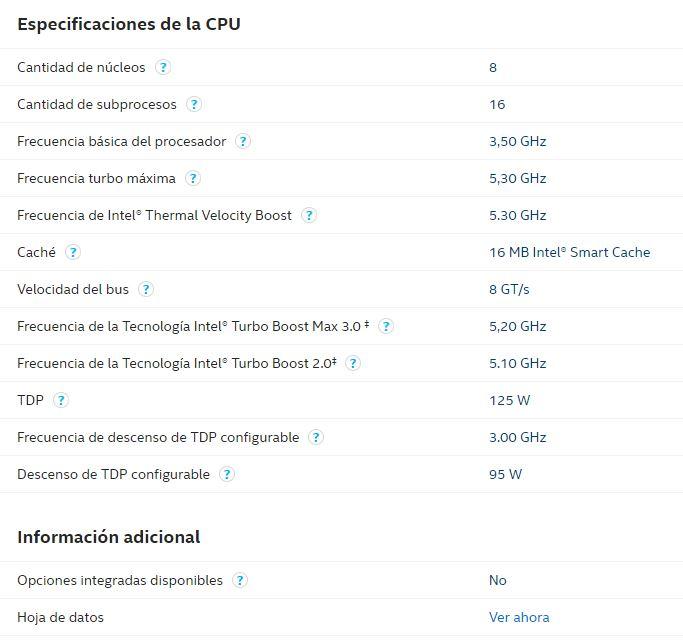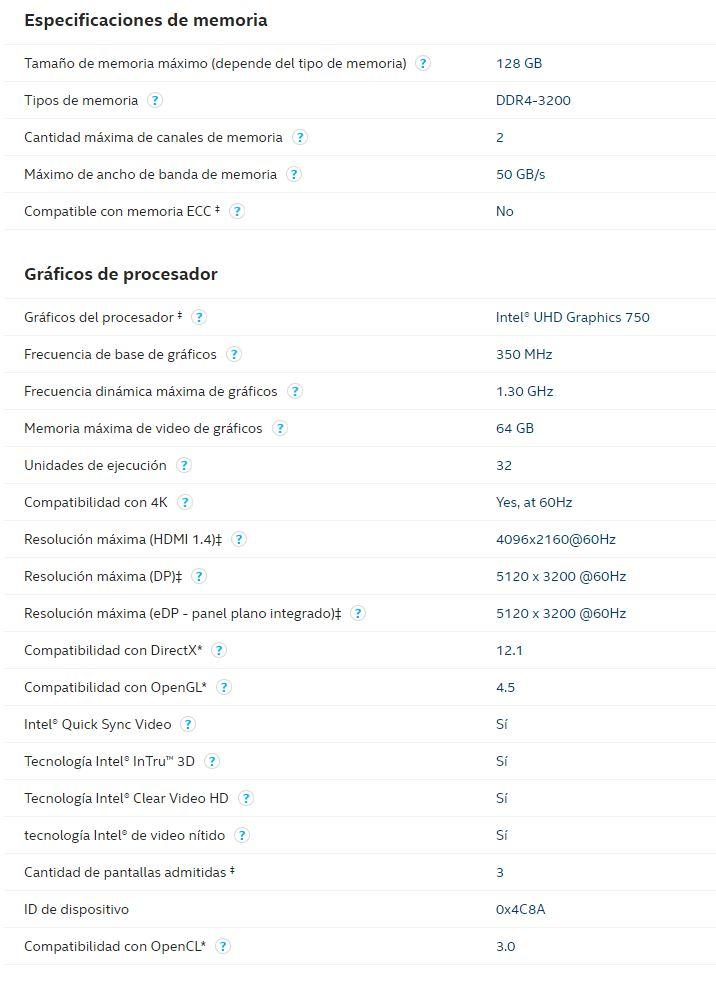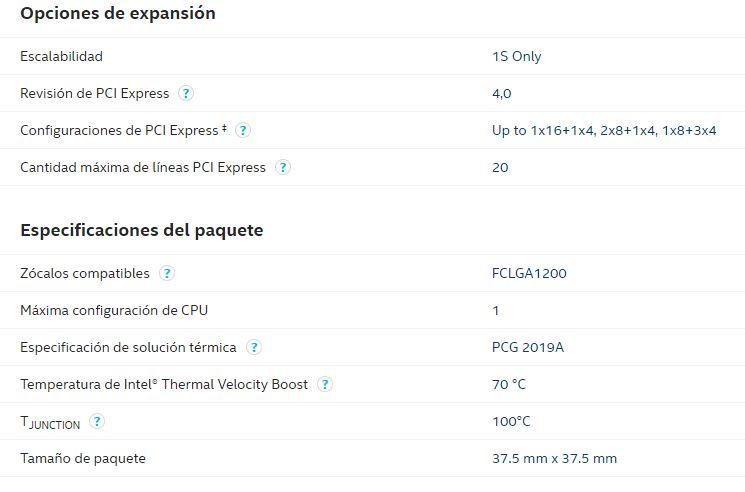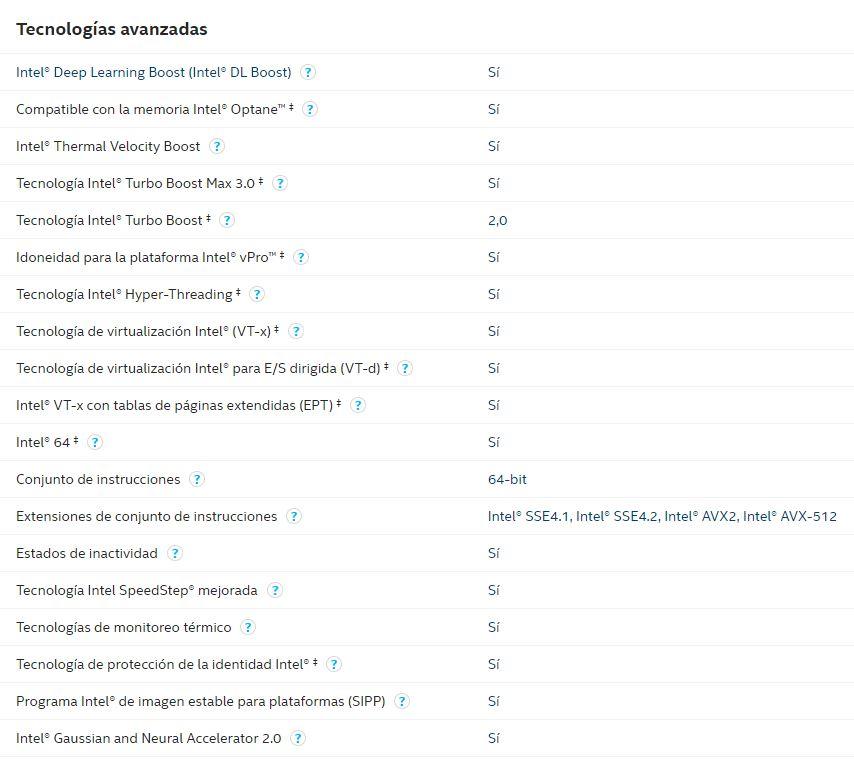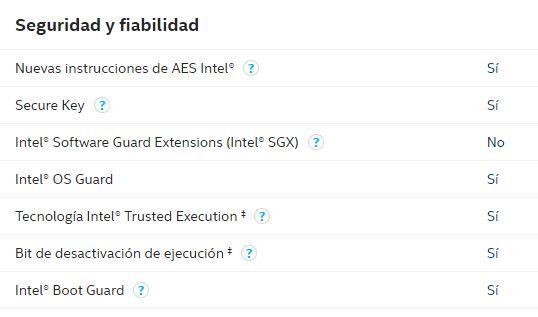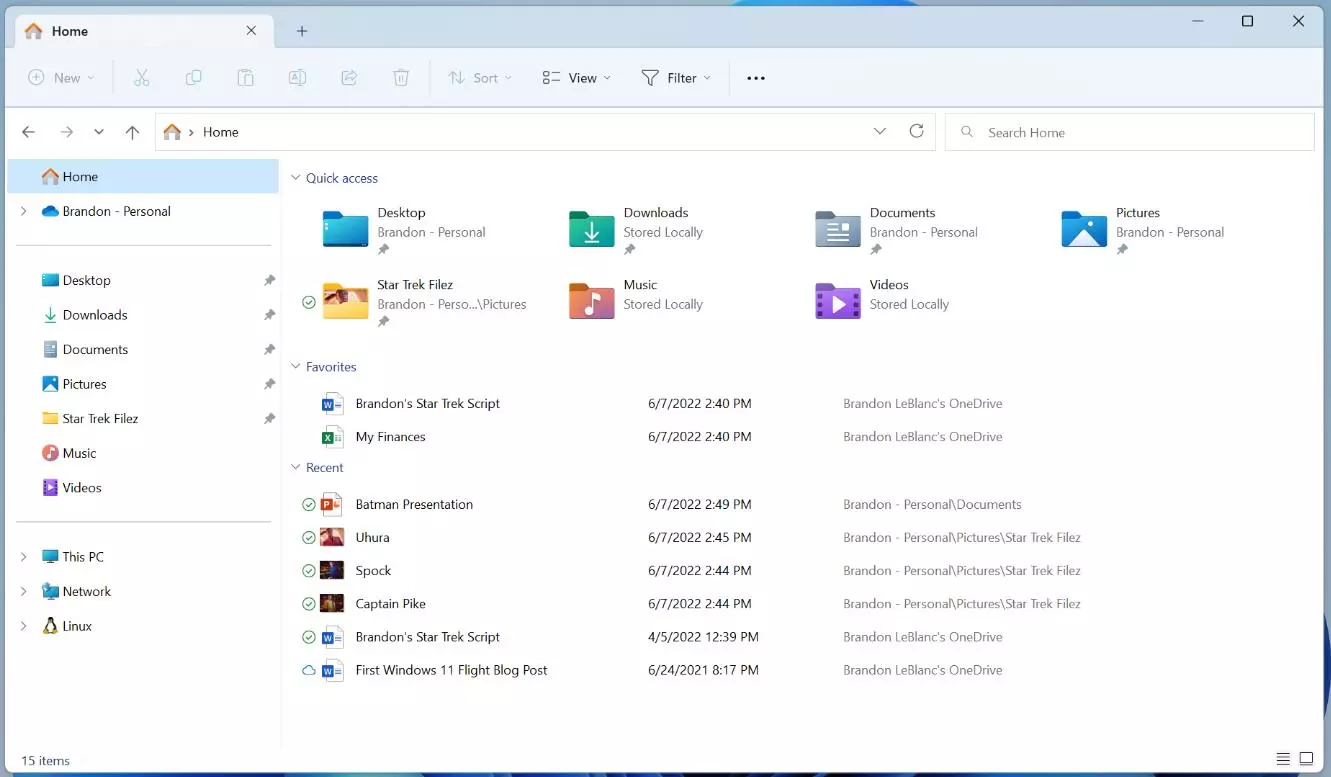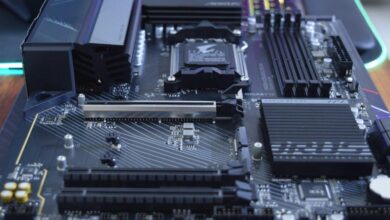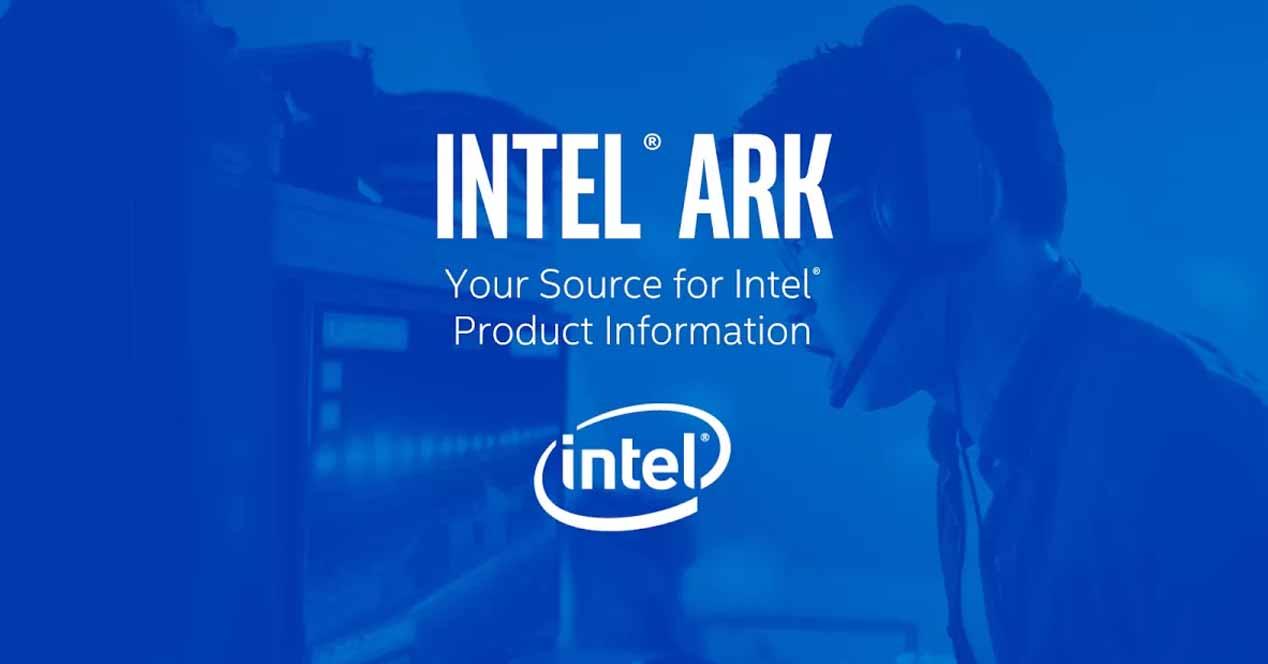
When you want to check the technical specifications of an AMD processor, you should look for it on the manufacturer’s website and you will see some quite superfluous characteristics of the specific CPU, in which its specifications do tell you but if you want to go a little further, you should « look for life ». This does not happen with Intel, and all the information of all its processors is captured in a simple and structured way for quick access to all your data, and you can even compare the specifications of your processors. Let’s see it.
Intel Ark, how to access and what is it for?
Intel Ark is a kind of online database open to everyone and which you can access simply by entering its website, without even having to register. Here, Intel makes comprehensive information about all its products available to all users, including processors, server products, Intel NUCs, wireless technology, Ethernet products, FPGAs, memory and storage, chipsets, and graphics. In this article we are going to focus on the brand’s processors, but it doesn’t hurt that you know that you can access the full specifications of any of these products.
As we have already explained before, Intel Ark is a database that will show us in a clear and structured way all the technical specifications of the brand’s processors, including practically all the technical data that we would otherwise have to search manually. in the white papers of the products. In this way, when you want to search for a specific data of your processor, you will only have to enter its name in the search engine and you will have it at a distance of two clicks.
When you enter the Intel Ark website, the first thing you will see is a window like the one shown in the screenshot above, where you can click on any of the sections and the menu will change to be able to select different categories; for example, by clicking on Processors we can choose between Intel Core, Pentium, Celeron, Xeon, Xeon Phi, Itanium, Atom and Quark processors.
If we click on any of these again, the menu will change again to show us the different categories available, and following the example this is what we would see when clicking on the Intel Core processors, where we can see all the generations up to the 5th, and the Previous are grouped in «Previous».
The moment we click on any of these options, it will take us to the complete list of processors that make up the selected generation and category, showing in the form of a table (with which we can “play” to order, for example, by frequency ). If we click on any of the processors, it will take us to the complete technical specifications, which is what we are going to talk about next.
This filtering by categories and generations of Intel processors is very good and shows us in a clear and concise way the members of each subgroup, but when you simply want to look for the specifications of a specific processor and you do not want to have to walk around getting dizzy between the menus, the easiest way is to write the name of the processor in the “Search specifications” box that we always have in the upper right corner of the screen.
You can click on any model, both looking for it as we have shown you in the menus and in the search engine, and thus access the complete technical characteristics. We are also offered the possibility of comparing the specifications of several processors, and for this you can simply select several in the tables under the Compare column, or within each processor you can click in the upper right corner on “Add to Compare” to do so. . In addition, in the table that will appear comparing the processors, their differences will be highlighted with a light blue background, something that can be of great help.
Understand the specifications of Intel CPUs
When you access the technical specifications of any processor, a list with ALL its characteristics will be displayed, which means that we will have a long list of parameters. We are going to see all its sections broken down to understand what all of them mean.
We start with the “Essential” section, which summarizes the characteristics of the processor. We have taken an Intel Core i9-11900K as an example.
- Product set: indicates the generation and category of the selected processor.
- Code name: the codename of the generation, not the processor itself.
- Vertical segment: It tells us if the processor is for desktop, laptop, etc.
- Processor number: here the exact model is indicated.
- Condition: tells us if the processor is in production or has already been recalled.
- Release date: It does not tell us the exact date, but the quarter and year of the launch. Q1’21 means it was launched in the first quarter of 2021.
- Lithography: here we find the manufacturing lithograph, in nanometers.
- Terms of use: It is something similar to the vertical segment, but it is expanded if the processor can be used in other segments.
- Recommended price for customers: is Intel’s MSRP.
Under the Essential section we find a summary of the processor specifications, where we can see fairly clear data such as the number of cores, process threads, basic speed, turbo and Velocity Boost, cache, bus speed, Turbo Boost frequencies, TDP processor, etc. In Additional Information it is indicated if the CPU supports embedded options, that is, embedded systems.
Under the processor specifications we have the memory and graphics characteristics. Here it tells us the native memory compatibility of the processor, and it tells us the technical specifications of the iGPU if it has it (obviously in processors that do not have integrated graphics, in this section we will only see a line indicating that it does NOT have integrated graphics).
After this we have expansion options, where the configuration and compatibility with PCI-Express and scalability are indicated, a parameter that tells us if the processor is compatible with dual socket motherboards. Further down in the package specs, we have the socket and temperature support, including that supported for Thermal Velocity Boost in case the processor supports it.
We come almost to the end with a list of technologies compatible with the processor, no more, no less.
Finally, we have the security and reliability section in which Intel specifies the security options with which the processor is compatible. Pay attention to the icons with the question mark next to each name, because if you click on them, a window will appear with a description of said technology or feature.
